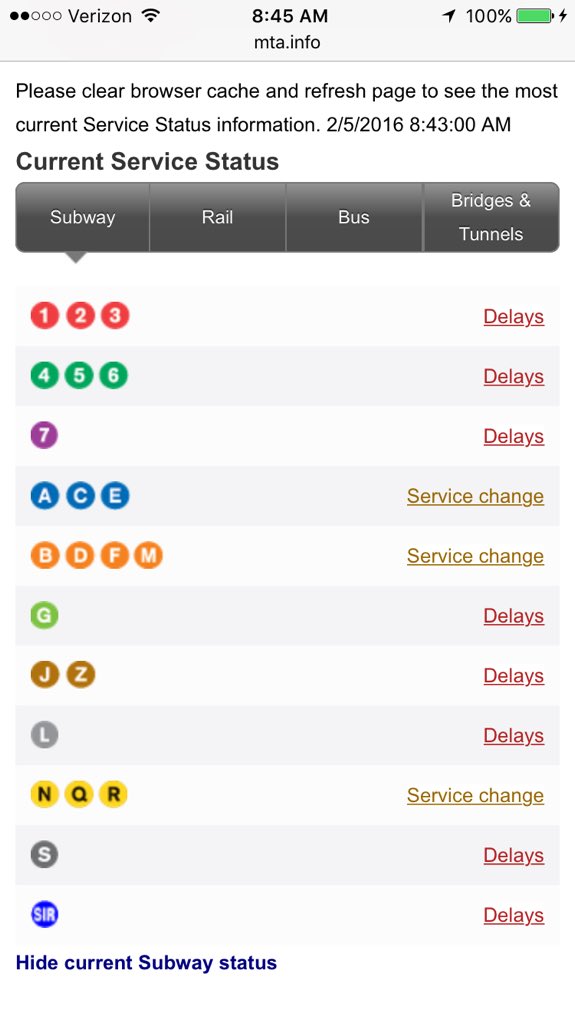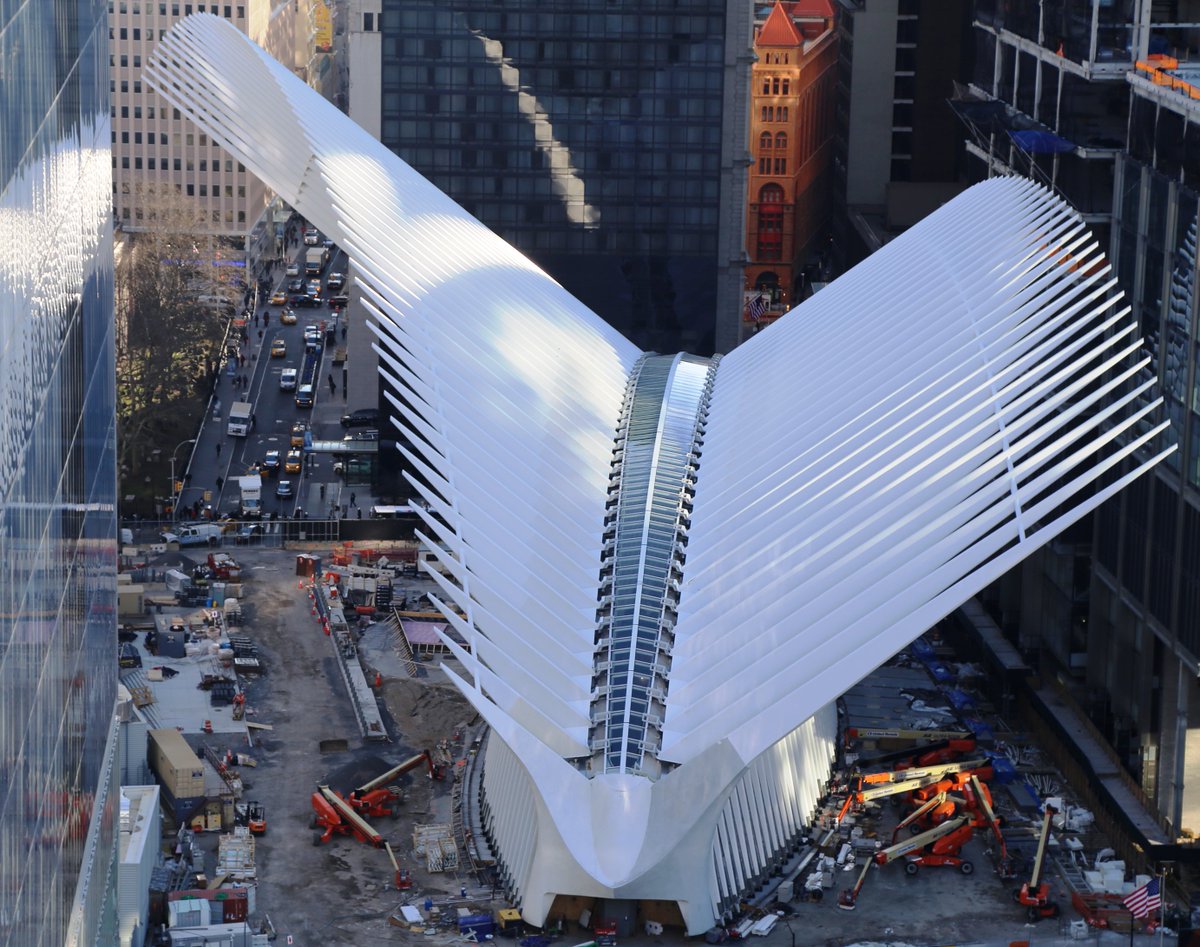
Ads in a closed entrance along the G train illuminate just when the entrances closed. (Photo: Benjamin Kabak)
For the past few years, as subway ridership has exploded, entrances that were closed during the bad old days have come under scrutiny. Neighborhood groups have called upon the MTA to reopen these entrances — many of which are along the suddenly popular G, J/M/Z and L lines — and I’ve looked at these entrances numerous times over the past few years (take a look at my posts from November and January of 2015 for recent coverage). Now, one tireless advocate wants to use the L train shutdown as the impetus to open these new entrances, and his is a plan the L Train Coalition and MTA should adopt.
Alan Minor, a board member with Neighbors Allied for Good Growth, a community group focusing on Williamsburg and Greenpoint, has long pushed the MTA reopen entrances. The closed access points, often long blocks away from main entrances, would shorten commutes and better distribute riders along crowded platforms. But for various reasons, the MTA has resisted these calls. Now Minor feels the looming L train shutdown would give the agency the perfect excuse to reopen these entrances.
DNA Info reported on Minor’s work earlier this week. Gwynne Hogan had more on the ten closed entrances and 27 shuttered staircases throughout the small pocket of Northern Brooklyn:
While advocates have been working with local politicians to push the MTA to reopen the defunct staircases and entrances for years citing surging ridership, news that L train service will be disrupted between Manhattan and Brooklyn for between 18 months and three years has given them a renewed sense of urgency, they said.
“This is an opportunity for MTA to do something now that will help out when the L train shut down happens,” said Alan Minor… “More people will be taking the J, M, Z. More people will be taking the G. These lines have just a shockingly high number of closed entrances and staircases.”
…Take the Metropolitan and Lorimer G and L stop, a transfer station that could see a huge bump in riders switching to the G train if the L doesn’t run into Manhattan. That Williamsburg station has six closed staircases and one closed entrance, according to the MTA. On either side of Union Avenue where Hope and Powers streets intersect it, there are two yellow grates emblazoned with the words “Subway Keep Clear.” On the corner of Grand Street and Union Avenue, there’s another metallic grate with the same words, and across Union from that, Minor suspects, is one staircase that’s been sealed with concrete.
In response to the article, the MTA reiterated its noncommittal position on closed entrances. “As part of our efforts to accommodate growing ridership, we are studying and evaluating closed access points throughout the subway system and we’re looking at every idea for how to provide alternate service to L customers during any potential shutdown,” the agency said in a statement to DNA Info.
As I understand there are two major barriers to reopening these entrances. First, as I’ve explored in the past, the MTA is worried that ADA requirements trigger full accessibility if these entrances are opened, and the agency cannot afford full accessibility build-outs for these stations. Whether any group with standing is capitalized enough right now to take the MTA to court over ADA violations remains an open question, but with the government breathing down the MTA’s neck, the agency may be hesitant to so blatantly flaunt ADA requirements.
Second, from what I’ve been told, the MTA may not have enough equipment on hand to reopen entrances that have been closed for a long time. Due to the opening of the 7 line extension and the impending-ish debut of the Second Ave. Subway, all MetroCard turnstiles are spoken for, and the agency doesn’t have a bunch of HEETs in a closet somewhere. Consider the institutional desire to move beyond the MetroCard and not spend much money on an obsolete technology, the MTA doesn’t want to open entrances closed before the advent of the MetroCard without fare payment equipment on hand, and they don’t want to pony up big bucks for turnstile technology with a five-year expected life span. So these entrances remain in limbo.
While the L train coalition has busied itself with pie-in-the-sky proposals for a new East River subway tunnel, this is the kind of improvement the group should be focusing on. If the MTA can help disperse some customers, making up for the lost capacity of the L train tunnel gets incrementally easier. It’s a baby step but a step nonetheless, and it will take many steps to overcome the dreaded L train shutdown.



















